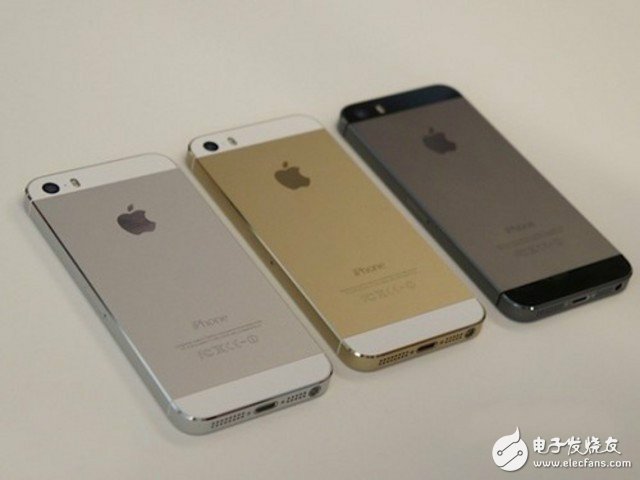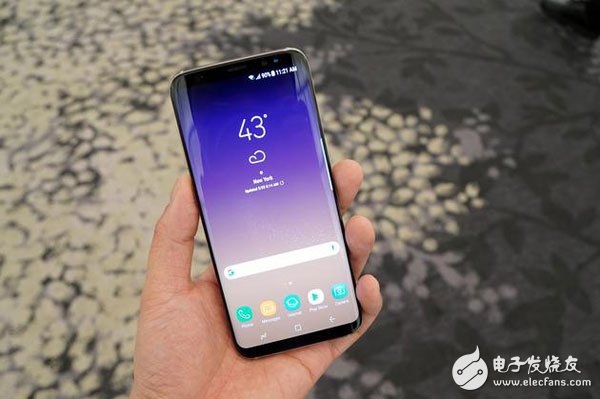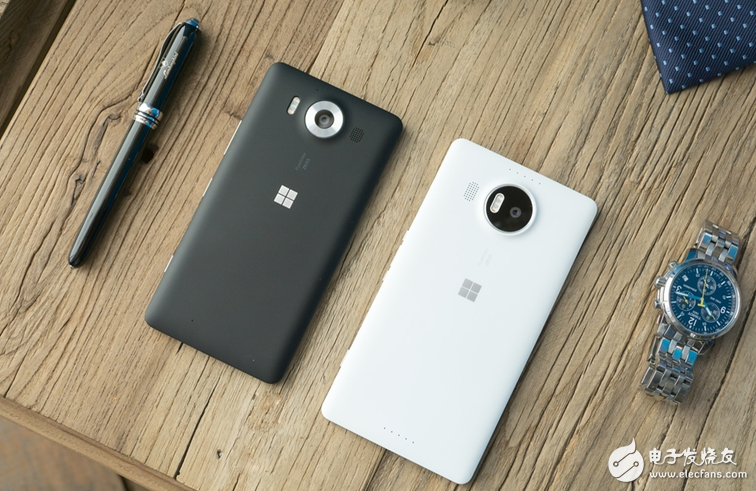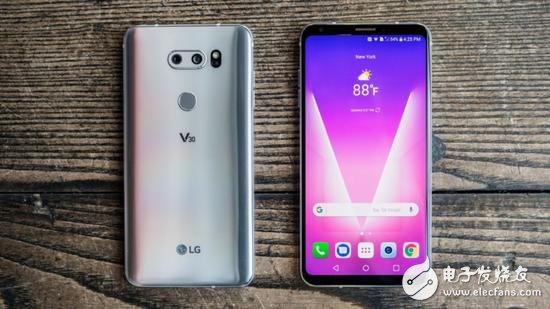Almost every high-end smartphone, and even many non-high-end smartphones, already have some form of security features, including the use of body parts as authentication. Many mobile phones scan fingerprints, even faces. These functions, called "biometrics", have become standard features of mobile phones because they provide a variety of different functions. Biometrics is used to unlock devices like smartphones and tablets to access their home screens, where you can save all files, applications, and private data. Currently, the most common biometric technologies on the market include fingerprint scanning, facial recognition, voice recognition, and iris scanning. iPhone 5S In 2013, Apple launched the iPhone 5S. It was the first smartphone equipped with a fingerprint scanner, which looked more like a science fiction at the time. Users can register their fingerprints on the iPhone and use them to unlock the phone. After that, the fingerprint function was gradually applied to the payment processing of Apple’s mobile payment service ApplePay as a proof of identity verification. iPhone5s is one of the first mainstream devices to adopt fingerprint scanning recognition. Since the release of iPhone 5S, many smart phone manufacturers have followed suit and launched their own fingerprint recognition phones. In 2017 alone, the number of smartphones equipped with fingerprint scanners has reached an astonishing level, including Apple’s iPhone 8/8 Plus, Samsung’s Galaxy S8 and Galaxy Note 8, LG’s G6 and V30, Huawei’s Mate 10, Google’s Pixel 2 and Pixel 2XL, OnePlus 5 and 5T, EssenTIal Phone and HTC's U11. Samsung Galaxy S8 Samsung's Galaxy S8 is one of the first flagship smartphone products to have facial recognition function, but Google also launched a smartphone with this function in 2011, even though it is also a device made by Samsung-Galaxy Nexus. At that time, FaceUnlock was considered too fancy and not easy to use. Google's Nexus series is also little known outside the Android community, which makes the application of facial recognition functions more difficult. Samsung Galaxy Note8 is equipped with facial recognition function, and Apple also introduced facial recognition function to the high-end model iPhoneX. This is the first iPhone without a physical home button and the first iPhone to abandon Apple’s traditional Touch ID unlocking method. After registering facial information on iPhoneX, users only need to lift the device to their face, and then they can instantly access the mobile phone or pay for shopping through ApplePay. Although FaceID is secure enough to verify ApplePay purchases, the facial recognition software on many Android smartphones is considered insecure and cannot be used in banking or mobile payment applications. However, many Android devices still have multiple biometric security options. In addition, the user can select multiple security identification options at the same time, or set them to different functions. For example, users can set up facial recognition to unlock the device, but use fingerprint scanning to verify purchases. Facial recognition technology on smartphones is beginning to become popular. In addition to iPhoneX and GalaxyS8, new products such as Galaxy Note8, LG V30, OnePlus 5T, HTC U11, Huawei P10, MotoG5, Xiaomi Mi6 and Xiaomi Mi MIX2 have recently been launched. Lumia 950 The iris recognition of smart phones may not be well understood by many consumers, mainly because this function is mainly used on many unknown devices, and some are released overseas. The first smartphones to use iris recognition include Fujitsu NXF-04G and Microsoft Lumia 950 released in 2015. Samsung also configured the iris recognition function on the ill-fated Galaxy Note7 launched in 2016, and then applied it to the Galaxy S8 and Galaxy Note8 launched in 2017. Samsung Galaxy Note8 is equipped with iris scanning function, which can be like facial recognition, iris recognition allows users to register iris on the device. To unlock the phone, the user only needs to lift the phone to the face and aim the scanning frame at the eyes. Like the facial recognition feature on many Android smartphones, iris scanning is considered to be insecure and cannot be used to verify banking and payment-related applications. On devices such as Galaxy S8 and Galaxy Note8, users can register for iris scanning and facial recognition at the same time, but in addition to fingerprint scanners, users can only set one biometric option at any time. The user must also have a pin code, password, and pattern security measures as a backup to prevent any or all biometric options from failing to verify. LG V30 Interestingly, when several major brands such as Apple, Google, Amazon, and Microsoft are pushing for voice-activated hardware and software assistants, voice recognition as a biometric option has not been generally accepted. Nevertheless, such products and technologies are still easy to get consumer support. The LG V30 smart phone includes VoicePrint, a voice unlocking function. Users can set a phrase that the phone can recognize as an unlocking command. LG V30 is one of the few devices that uses voice recognition as an unlocking function. Voice recognition is also rooted in the Android operating system through the setting of SmartLock. Users can use Google Assistant to register their voice, and then enable the "voice matching unlock" setting on the Android smartphone. Guangzhou Chengwen Photoelectric Technology co.,ltd , https://www.cwleddisplay.com


